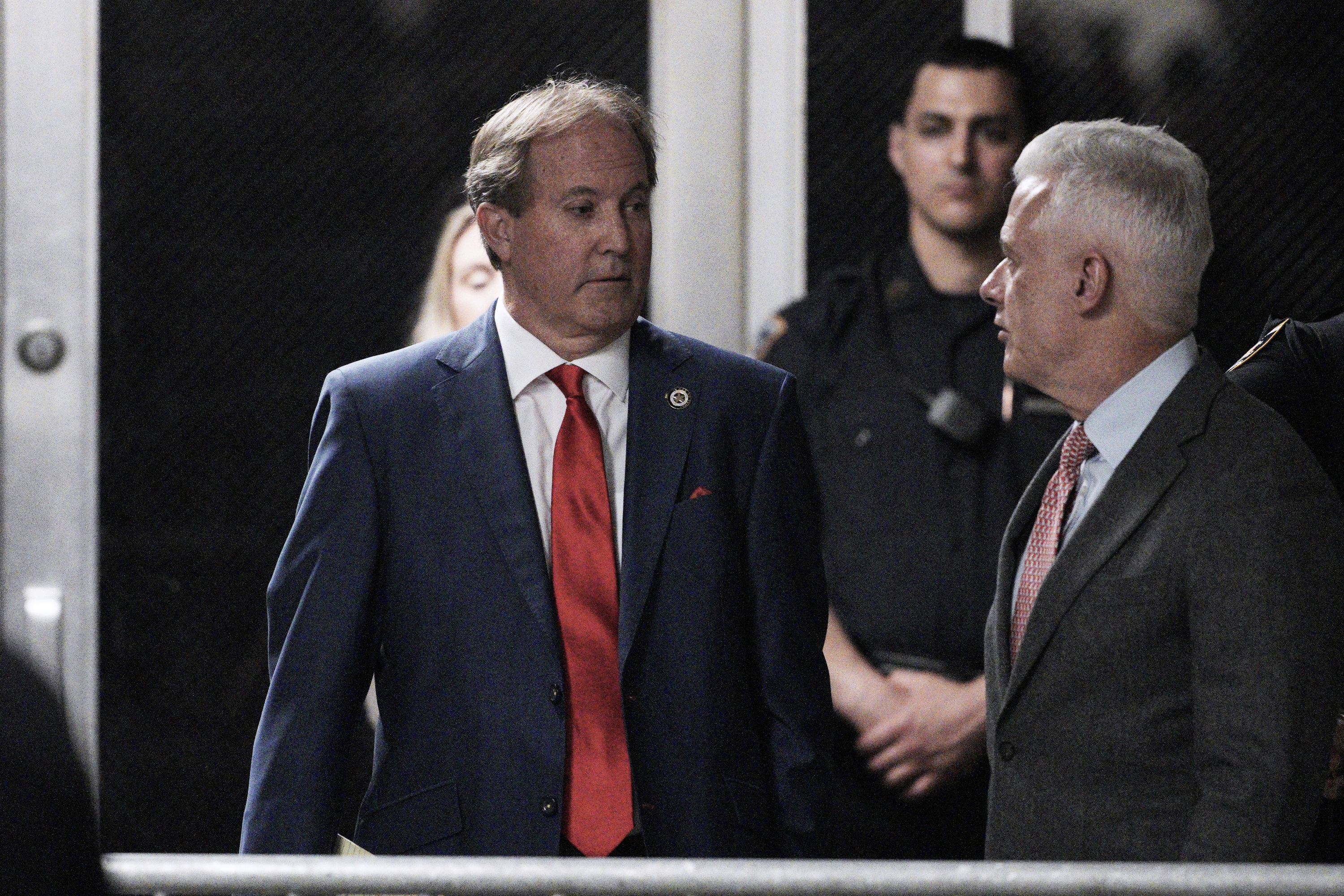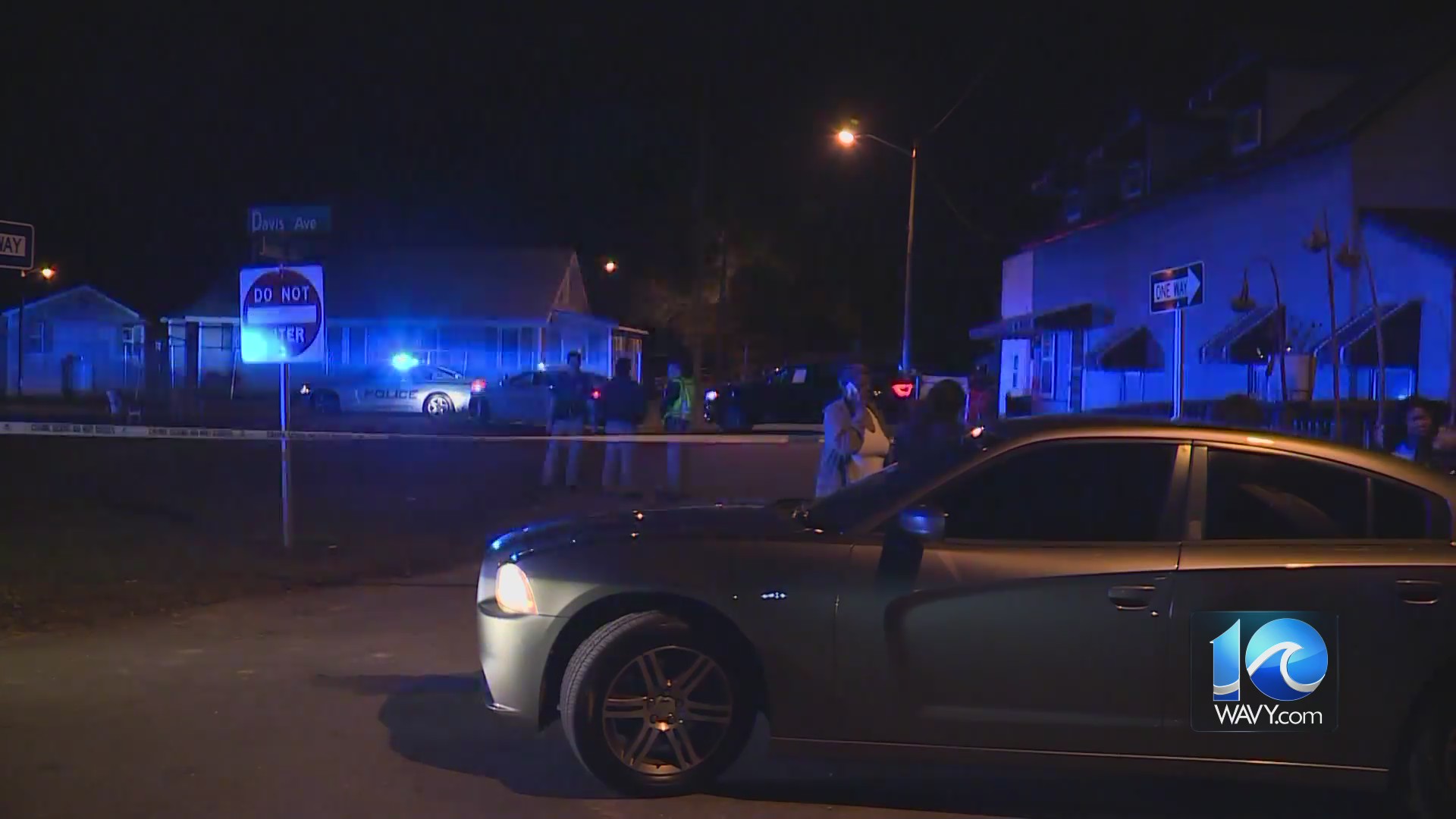TAMPA, Fla. (WFLA) — The tropics have been quiet for the first time since the season’s first tropical wave formed in late May. But as we move further into the hurricane season, can we expect the peace to continue?
Meteorologists often look to the past to paint a better picture of the future. So this week, Max Defender 8 Meteorologist Rebecca Barry and WCBD Meteorologist Rob Fowler turned through the pages of history to see where things might be headed next.
The National Hurricane Center has been keeping tabs on the tropics for decades. In July 1979, the center caught first wind of what would become Tropical Storm Claudette. While the storm never reached hurricane status, it is remembered for its rainfall along portions of Texas and Louisiana.
An observer west of Alvin, Texas reported 43 inches in 24 hours, which is a United States record for 24-hour rainfall amount. In actuality, the storm total at that location was 45 inches. The rains went on to produce severe flooding that was responsible for one death and $400 million in damage.
Similarly in July 1994, the NHC had its eye on Tropical Storm Alberto which brought excessive rains in Georgia, Alabama, and western Florida. Amounts exceeded 10 inches in many locations, with the maximum being 27.61 inches in Americus, GA. Severe flooding was responsible for 30 deaths and $500 million in damage.
In July 2005, Hurricane Dennis brought Category 3 winds to residents in the western Florida Panhandle near Navarre. On July 10, a local instrument tower measured average winds of 99 mph and a gust of 121 mph. Heavy rainfall also saturated much of Florida and extended well inland over portions of the southeastern United States.
Ten tornadoes were reported in association with Dennis. All told, damage estimates totaled $2.23 billion.
“A lot of times when we are looking at how things are shaping up, people get a little bit worried how the season looks if it is an active start. But that’s not really an indication of how it’s going to go,” Barry said.
“We can always look at the numbers, but when you look at the percentage of tropical named storms early in the season – July – about 7% to 8% of those form,” Fowler said. “That’s a very low probability.”
Fowler added that the majority of the named storms that form during the hurricane season happen after Aug. 20.
In fact, in August 2005, a tropical cyclone would strengthen into the deadliest hurricane to strike the U.S. since the Palm Beach-Lake Okeechobee hurricane of September 1928: Hurricane Katrina. The Category 5 hurricane would go on to produce storm surge flooding of 25 to 28 feet above normal tide level, 33 tornadoes, and $75 billion in damage. Roughly 1,200 deaths would be tallied.
“You can’t really look at what happened early in the season to determine what’s going to happen later,” Fowler said.
“We’ve all got to stay grounded knowing each and every storm has its own identity. Each and every season has its own identity.”
Watch Tracking the Tropics Wednesdays at 12:30 p.m. ET/11:30 a.m. CT.
Be prepared with the WFLA Hurricane-Ready Guide 2023 and stay ahead of tropical development with the Tracking the Tropics newsletter.










